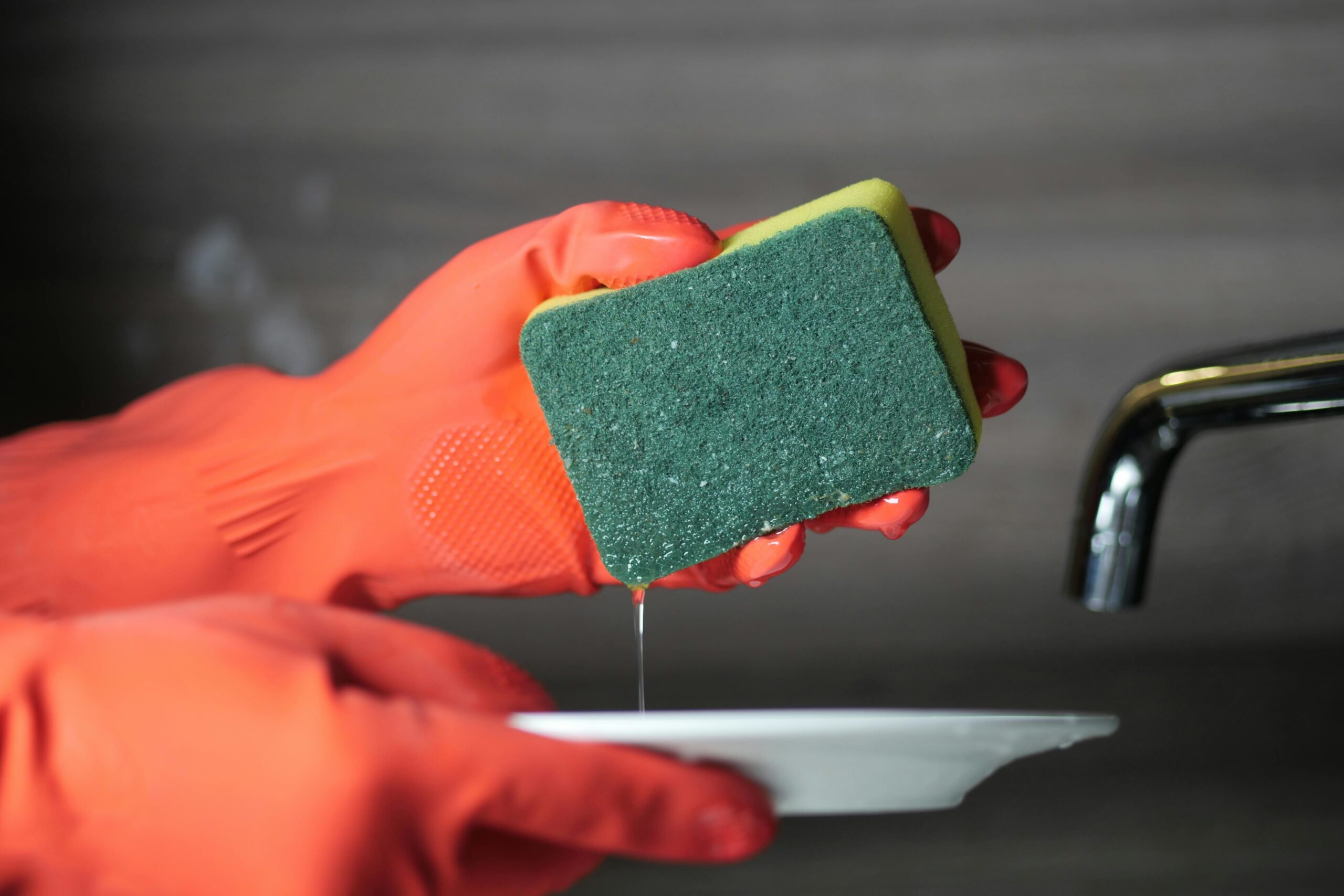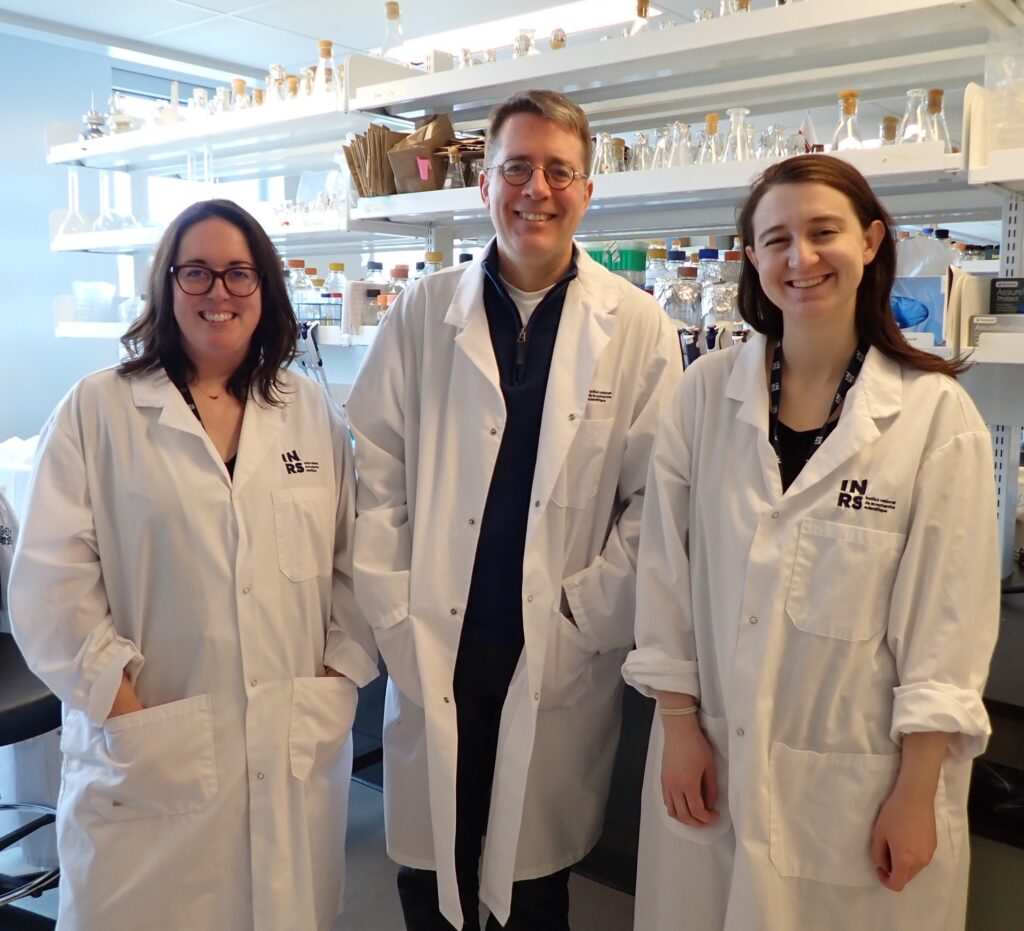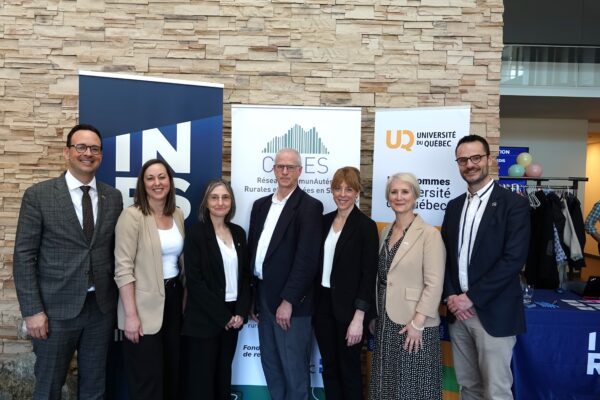- Research
An INRS study based on natural selection is paving the way for very promising advances in biosurfactants.

Produced biologically using bacteria, these “natural soaps” are a more environmentally friendly, less irritating and non-toxic alternative to synthetic surfactants derived from petrochemical processes, which are found in most soaps, detergents, shampoos, etc. However, the inadequate performance of the bacteria that produce them and the very high cost of production remain major development and marketing hurdles.
Natural selection to increase the production of secondary metabolites: a first

Professor Eric Déziel, an expert in microbiology and bacterial multicellularity, has long been interested in these biosurfactants and is a pioneer in this field. He wants to improve the production of these bacteria-based “natural soaps” and make their use widespread. Together with his team, he recently developed a novel Adaptive Laboratory Evolution (ALE) procedure, a directed evolution method based on natural selection (darwinism), to improve the productivity of biosurfactants. It is the subject of the article “Implementation of an adaptive laboratory evolution strategy for improved production of valuable microbial secondary metabolites” recently published in Bioresource Technology.
The laboratory, which is specialized in sociomicrobiology (social behaviour of bacteria), is the first to use such a strategy to increase the production of so-called ‘secondary’ metabolites, here biosurfactants, using bacteria. This is exceptional since ALE strategies, which are based on a ‘fitness’ advantage, are normally used to improve essential organism traits. However, the biosurfactants studied here are not crucial to bacteria survival.
“Using natural selection to increase the production of secondary metabolites, in this case biosurfactants, provides a unique perspective in the field of biotechnology. This will enable new bioprocesses to be developed to valorize wastes and replace chemicals. This is very promising for the bioeconomy since it is based on the performance of bacteria, not their growth, as in traditional methods.”
Professor Eric Déziel, INRS microbiologist
A promising new bacterium being studied
For this study, Professor Déziel’s team, based at the INRS Armand-Frappier Santé Biotechnologie Research Centre, used a new biosurfactant-producing bacterium named Burkholderia thailandensis. The bacterium does not pose a risk to humans, contrary to Pseudomonas aeruginosa, which is generally used for the commercial production of rhamnolipids, one of the two main biosurfactants currently available on the market. The ‘swarming’ type of social motility expressed by B. thailandensis in order to effectively colonize its environment requires the production of rhamnolipids. These “soaps” act as motility facilitators by wetting the surface and reducing surface tension and friction.
When growing bacteria in the laboratory, microbiologists use agar as a gelling agent for nutrient media. The research team hypothesized that an increase in agar levels during swarming experiments would force cells to produce more surfactants to move more easily over the surface. Consecutive cycles of B. thailandensis cultures on swarming media achieved with increasing concentrations of agar indeed increased the production of rhamnolipids, with the surfactants acting as a wetting agent, by evolved populations.
In addition, the study of these evolved bacterial populations has identified a previously unknown protein, QsmR, which acts as a suppressor of rhamnolipid production. This is an unexpected discovery that promises further advances in the production of biosurfactants by Burkholderia bacteria.
Paving the way to sustainable biotechnology
The natural selection experimental strategy developed by Professor Déziel’s team could be used by researchers to improve the performance of new producing bacteria. This would increase the variety of “natural soaps” available to meet different consumer needs and thus make this sustainable alternative to chemicals more widely available.
It could represent a revolution in the field, since surfactants, ingredients widely used in cleaning, personal care and pharmaceutical products, currently represent a market of more than $50 billion. The industry has already expressed its interest in this innovative methodology to Professor Déziel.
About the study
The article “Implementation of an adaptive laboratory evolution strategy for improved production of valuable microbial secondary metabolites” by Sarah Martinez, David N. Bernard, Marie-Christine Groleau, Mylène C. Trottier and Eric Déziel, was published in Bioresource Technology on March 4, 2025.
“Participating in this innovative project was an enriching experience for my doctorate, driven by the curiosity to apply a simple but bold idea, knowing that it would have an impact on the future of research into biosurfactants. Working on the basis of the principles of natural selection allows us to free ourselves from GMO concepts, which can sometimes be poorly regarded in biotechnology, thus offering new study perspectives.”
PhD graduate Sarah Martinez, INRS
This research was funded by the Natural Sciences and Engineering Research Council of Canada, with the support of the Armand-Frappier Foundation.
You may also like

April 3, 2025
INRS at the Forefront of the RNA Revolution
March 21, 2025
Luc-Alain Giraldeau’s inspiring talk at CORIM
